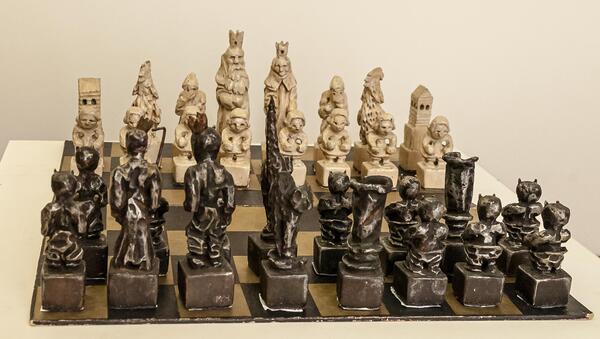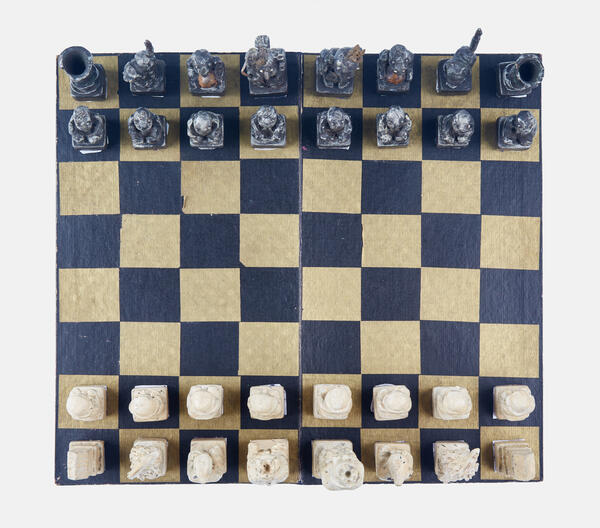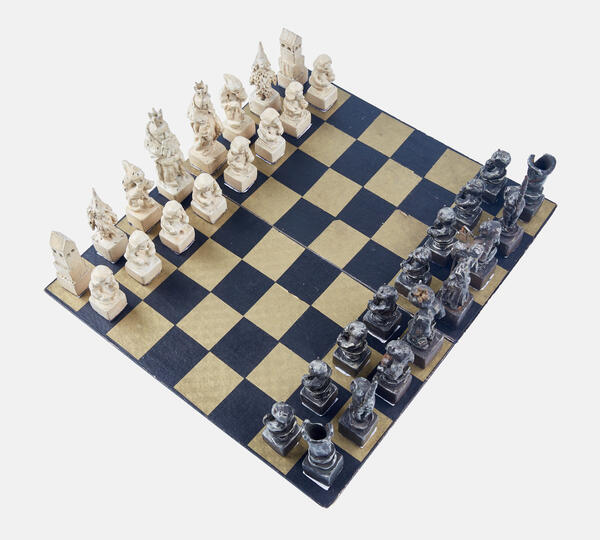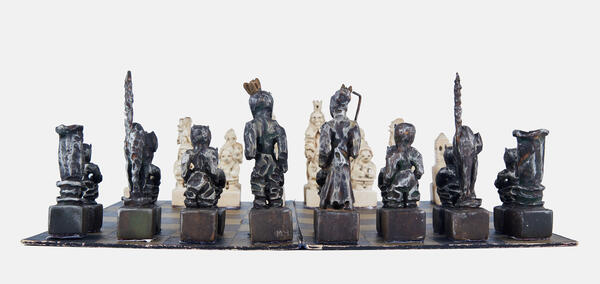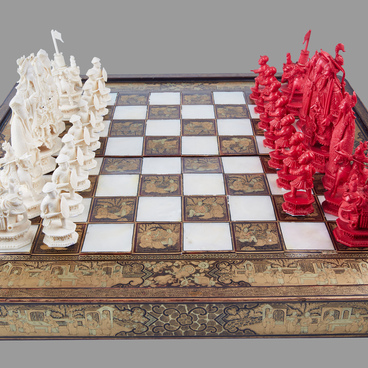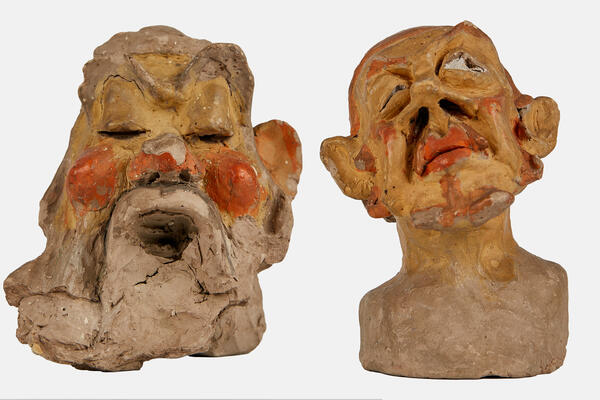Chess is one of the most famous strategy games on Earth, with its history going back more than one century. During its existence, the chess game has gained a lot of fans, the number of which is not decreasing. In pre-revolutionary Russia, many representatives of the creative intelligentsia and the aristocracy were seriously involved with this sport. The People’s Artist of the USSR, pianist, composer, public figure, teacher, and professor of the Moscow Conservatory Alexander Goldenweiser was a true fan of chess. He not only loved to play chess, but bought books, subscribed to chess literature, and collected rare sets of pieces for this game.
In his rich collection of chess there is a truly unique item — the chess made by Anton Chekhov’s nephew, the talented actor of the Moscow Art Theater Mikhail Chekhov. This set was made by the artist in 1916. He carved weird figurines that had great philosophical meaning. Chekhov began this work after a serious mental illness, being in a severe depression. The actor doubted the correctness of the chosen life path and profession, and he even had suicidal thoughts. To somehow distract himself and earn a living, he decided to cut out chess pieces and sell them. The first set of chess was purchased from the actor by a man who knew him well and was aware of Chekhov’s situation. It turned out to be Yelena Karlovna Ziller, the wife of Mikhail Chekhov. She presented this set of chess to the wonderful musician Alexander Goldenweiser.
The originality of chess lies in the fact that there are no usual queens, bishops, knights, and pawns. The black figurines in this set are a witch, some devils, a black cat, and a mortar — they represent the forces of evil and all evil spirits. The white figurines are characters inhabiting the bright, kind Berendei kingdom. This incarnation reflected the wisdom and philosophical content of the chess game in the interpretation of Mikhail Chekhov as an endless struggle of the forces of good against the forces of evil. These chess pieces are, without a doubt, the jewel of Alexander Goldenweiser’s collection.

